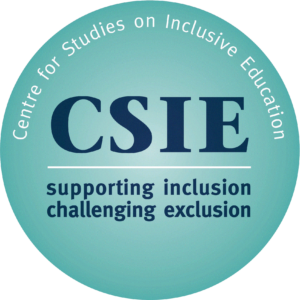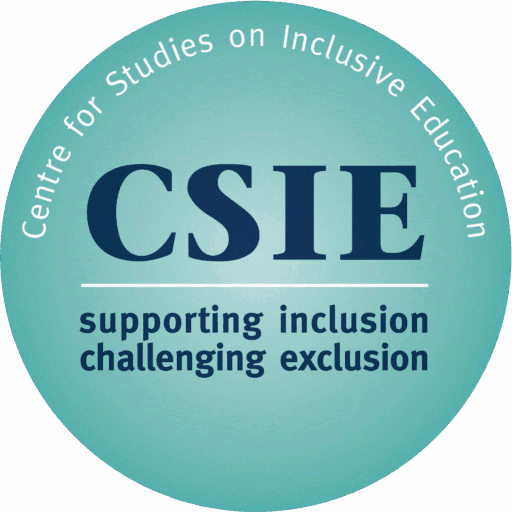The UK government ratified the UN Convention on the Rights of Persons with Disabilities in 2009 and, at the same time, issued this interpretive declaration with regard to Article 24 (Education):
“The United Kingdom Government is committed to continuing to develop an inclusive system where parents of disabled children have increasing access to mainstream schools and staff, which have the capacity to meet the needs of disabled children.
The General Education System in the United Kingdom includes mainstream and special schools, which the UK Government understands is allowed under the Convention.
The United Kingdom reserves the right for disabled children to be educated outside their local community where more appropriate education provision is available elsewhere.
Nevertheless, parents of disabled children have the same opportunity as other parents to state a preference for the school at which they wish their child to be educated.”
The Committee on the Rights of Persons with Disabilities is a body of 18 independent experts which monitors implementation of the Convention. Last week, on 2 September, it published its General Comment no. 4 clarifying how Article 24 (Education) should be understood and implemented. The General Comment confirms that education in separate “special” schools is understood as segregation and should not be confused with the inclusive education which Article 24 calls for. This leaves the second paragraph of the above declaration, and the policy and practice it refers to, in need of urgent revision.
General Comment no. 4 is a detailed, 24-page document, far longer than the 490-word Article 24 itself. In its Introduction, the Committee explains how the Convention envisages a shift in widespread perceptions of disability, from a historical position of seeing disabled people as welfare recipients to 21st century recognition of disabled people as rights holders, with a claim to the right to education without discrimination and on the basis of equal opportunities. It links the Convention to other international instruments confirming disabled children’s right to inclusive education (for example the UN Convention on the Rights of the Child, the World Declaration on Education for All, the Salamanca Declaration and Sustainable Development Goal 4) and refers to the OHCHR Thematic Study of the Rights of Persons with Disabilities to Education (2013) which affirms that only inclusive education can provide both quality education and social development for disabled children. The Committee notes its concern that profound challenges persist and lists, among them, the failure to understand the human rights model of disability, lack of knowledge about the nature and advantages of inclusive education, lack of information and lack of political will.
In clarifying the content of Article 24, the General Comment confirms that inclusive education implies a transformation of culture, policy and practice, so that schools and other educational settings can respond to the full diversity of individual students. It stresses that inclusive education should be understood as a fundamental human right of all learners, which respects their inherent dignity and autonomy, and which is a means of realizing other human rights; for example, it is the primary means by which disabled people can lift themselves out of poverty.
Most importantly, the Committee highlights the importance of recognizing the differences between exclusion, segregation, integration and inclusion. Segregation, not mentioned at all in Article 24, is defined in the General Comment as the education of disabled students in separate settings, isolated from non-disabled students. Integration, it says, is the process of placing disabled students in existing mainstream institutions and expecting them to adjust to the requirements of these institutions. Inclusion, on the other hand, is the process of “systemic reform” involving changes in content, methods, approaches, structures and strategies in education, so that all students can have an equitable and participatory learning experience. This, the Committee stresses, is what Article 24 means by inclusive education.
The General Comment goes on to provide a detailed description of core features of inclusive education and offer a paragraph-by-paragraph explanation of how it intends Article 24 to be implemented. It draws attention to widespread practices which are inconsistent with its intentions, for example by clarifying that the denial of reasonable accommodation constitutes discrimination.
General Comment no. 4 concludes with a section clarifying the obligations of those who have ratified the Convention, a section clarifying the relationship of Article 24 to other parts of the Convention, and a section describing the measures which need to be addressed at national level, in order to implement an inclusive education system for all disabled children and young people.


